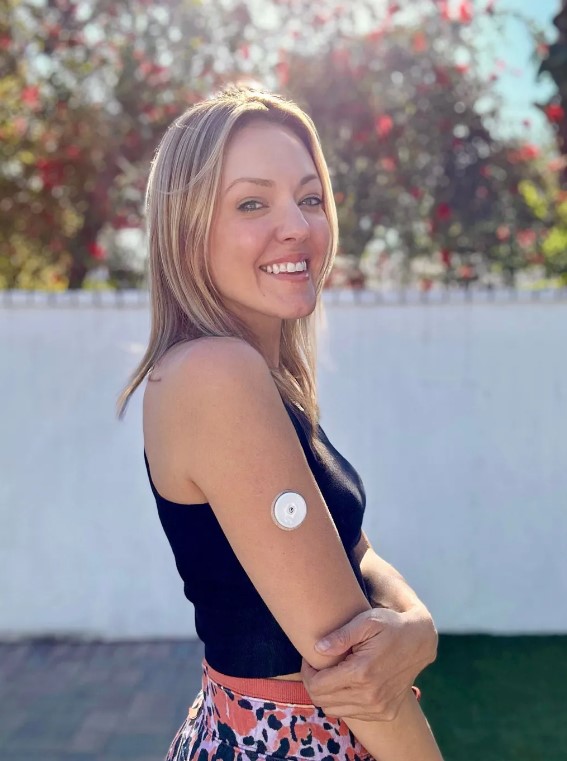
Continuous glucose monitors have become powerful tools for those living with diabetes
New Regulations and Expanding Use
Blood-sugar monitoring devices could soon become commonplace on the arms of millions of Americans, following recent regulatory approvals for two new devices that can be used without a prescription. This development raises questions about whether these devices will genuinely enhance our health or simply provide another source of distraction.
Real-World Experiences with CGMs
In June last year, Cindy Bekkedam was awakened by a loud alarm from her phone, linked to a glucose sensor on her arm. The alarm indicated a dangerously low blood sugar level, prompting her to eat a granola bar in the middle of the night. Ms. Bekkedam, a dietitian from Ontario, Canada, had installed the continuous glucose monitor (CGM) to better understand the technology for her diabetic patients. However, her two-week trial left her anxious, fearing she might have diabetes despite later confirming her blood sugar levels were normal. This experience highlighted how continuous updates from such devices might cause unnecessary worry for those without a medical condition requiring them.

Many experts say evidence is scant that CGMs are beneficial to those without diabetes
Regulatory Approvals and Market Expansion
Recently, the FDA approved two CGMs for over-the-counter sales, including Abbott Laboratories' Lingo, marketed to those without diabetes. Abbott claims the device can help users understand and improve their health by monitoring glucose levels. However, experts argue that there is little evidence to support the benefits of CGMs for non-diabetics, and the devices come with high costs, potentially reaching $300 per month.
The Medical Community’s Skepticism
While CGMs have significantly improved diabetes management, especially for Type 1 and Type 2 diabetics, many experts are skeptical about their use for the general population. They warn that these devices might at best be distractions and at worst lead to harmful fixations. Despite their potential for monitoring glucose spikes and aiding in health adjustments, the lack of substantial evidence on their benefits for non-diabetics is a significant concern.
Trends and Market Growth
The CGM market is booming, with projected sales expected to reach $20 billion globally within four years. Devices like Dexcom’s over-the-counter CGM and others from startups such as Signos, Nutrisense, and Levels Health are marketed off-label for wellness and metabolic tracking. These devices are gaining popularity in the health, wellness, and sports industries, with users like Dutch marathoner Abdi Nageeye utilizing them to optimize their performance.

Dutch marathoner Abdi Nageeye wore a CGM during the Rotterdam marathon in 2022, according to Reuters
Mixed Opinions on Benefits
Nick Norwitz, a Harvard medical student with a PhD in nutrition, believes CGMs can be valuable tools for monitoring glucose as an indicator of hormonal changes in the body. However, he acknowledges that glucose is just one metric and should not dominate health decisions. Social media influencers also promote CGMs, claiming benefits like improved energy, sleep, and reduced brain fog, but these anecdotal reports lack scientific backing.
Concerns Over Potential Harm
Critics, including Oxford researcher and dietitian Dr. Nicola Guess, argue that CGMs for non-diabetics offer no proven benefits and may even be harmful. They worry that these devices might shift focus from essential health practices like regular exercise and a balanced diet to an obsessive monitoring of glucose levels, potentially leading to disordered eating. Dr. Ethan Weiss from the University of California, San Francisco, also emphasizes the lack of evidence showing meaningful health improvements from CGM use in non-diabetics.

Brittney Bouchard, a wellness influencer, said she's adjusted her diet after using a CGM
In conclusion, while CGMs have revolutionized diabetes care, their expansion into the broader health market remains contentious. As the popularity of these devices grows, ongoing research and evidence-based guidelines will be crucial to determine their true value and potential risks for the general population.